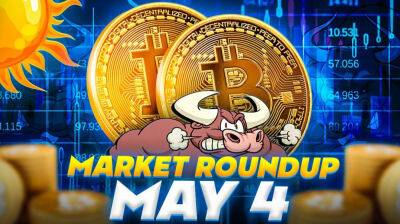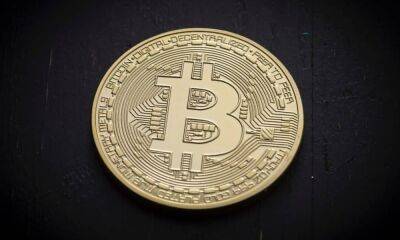Bitcoin price rises above $30,000 for first time since June 2022
A sharp rise in bitcoin prices has pushed the cryptocurrency above $30,000 (£24,118) for the first time since 10 June last year, just before the Celsius crypto lending company froze withdrawals in the run-up to its collapse.
Even given that recovery, the token is still well below its all-time high of $68,000 in November 2021, and far below where it was beforethe failure of the Terra stablecoin caused the “crypto winter”.
Nevertheless, bitcoin’s recent steady increase in value has sparked discussion of another cryptocurrency boom – and reignited fears of widespread manipulation in the market.
The collapse of Silicon Valley Bank last month and the broader contagion it has sparked across financial markets led some cryptocurrency fans to turn to bitcoin, the original and most valuable token in the sector, as a way of protecting against fears that the entire traditional “fiat” economy would crumble.
That attitude was typified by the US venture capitalist Balaji Srinivasan, who in March bet $1m that the price of a single bitcoin would top $1m by June this year. His claim was that the US dollar would shortly experience hyperinflation, causing the dollar value of a bitcoin to soar.
Bitcoin is a 'cryptocurrency' – a decentralised tradeable digital asset. Invented in 2008, you store your bitcoins in a digital wallet, and transactions are stored in a public ledger known as the bitcoin blockchain, which prevents the digital currency being double-spent.
Cryptocurrencies can be used to send transactions between two parties via the use of private and public keys. These transfers can be done with minimal processing cost, allowing users to avoid the fees charged by traditional financial institutions — as well as the oversight and regulation
Read more on theguardian.com
 theguardian.com
theguardian.com















